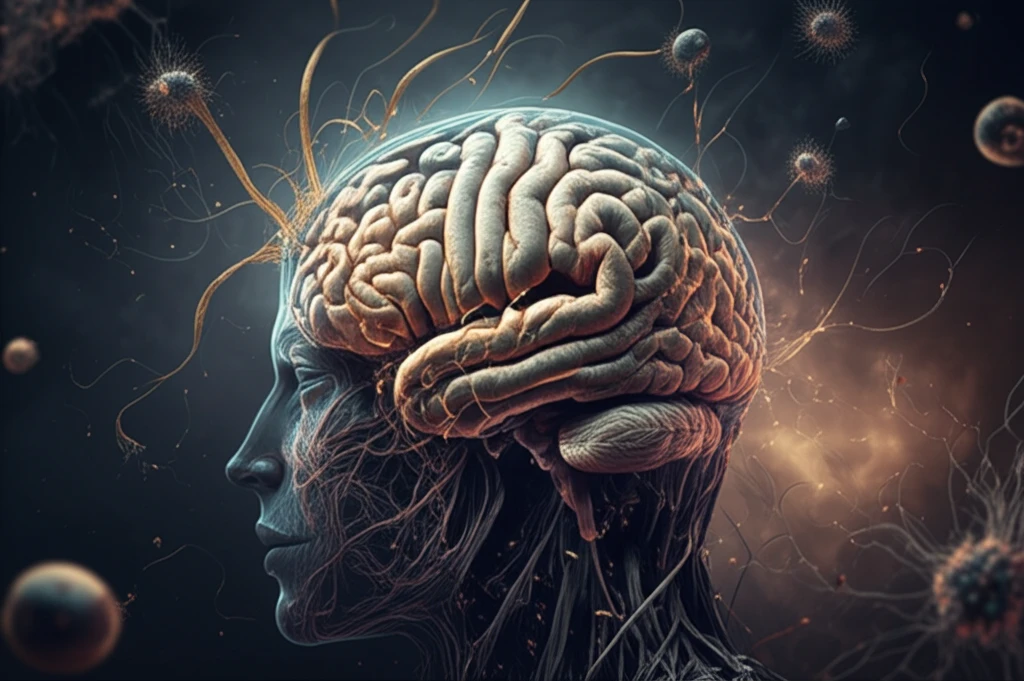
Unlocking the Mystery: How Traumatic Brain Injury Spurs Alzheimer's-Like Changes in the Brain
"New research reveals the critical role of inflammation and tau protein in long-term brain damage after TBI, paving the way for targeted therapies."
Traumatic brain injury (TBI) is increasingly recognized as a major risk factor for neurodegenerative diseases like Alzheimer's and Parkinson's. While the immediate consequences of TBI are well-documented, the long-term effects on brain health remain a significant concern. Researchers are particularly interested in how TBI initiates or accelerates the pathological processes seen in Alzheimer's disease, including neuroinflammation and the accumulation of abnormal tau protein.
Following a TBI, the brain initiates a complex inflammatory response involving the activation of microglia (resident immune cells of the brain) and the infiltration of peripheral immune cells. This inflammatory cascade, intended to protect and repair, can paradoxically contribute to further brain damage. One key aspect of this damage involves the protein tau, which becomes hyperphosphorylated and aggregates into neurofibrillary tangles—a hallmark of Alzheimer's disease.
A new study published in the Journal of Neurotrauma sheds light on the intricate relationship between TBI, neuroinflammation, and tau pathology. By utilizing a unique mouse model expressing human tau protein, researchers have uncovered how a single TBI event can trigger an enhanced inflammatory response and accelerate the development of Alzheimer's-like changes in the brain. This discovery has significant implications for understanding and potentially treating the long-term consequences of TBI.
Inflammation's Double-Edged Sword: How TBI Sparks a Harmful Cascade

The research team investigated the microglial/macrophage response to TBI in mice genetically engineered to express human tau protein (hTau mice). These mice, along with control mice, underwent a controlled TBI or a sham injury (a procedure mimicking TBI without the actual injury). The researchers then assessed the inflammatory response and tau pathology at both acute (3 days post-injury) and chronic (135 days post-injury) time points.
- Microglial reactivity was reduced in hTau TBI mice.
- hTau TBI mice displayed a persistent macrophage response.
- TBI led to increased tau phosphorylation in the temporal cortex and hippocampus of hTau TBI mice.
Towards Targeted Therapies: Modulating Inflammation to Protect the Injured Brain
This study underscores the crucial link between TBI, neuroinflammation, and the development of Alzheimer's-like tau pathology. The hTau mouse model provides a valuable platform for dissecting the complex mechanisms underlying these interactions and for testing potential therapeutic interventions. Future research focusing on modulating the inflammatory response after TBI, particularly by targeting specific immune cell populations or inflammatory mediators, may hold promise for preventing or slowing down the progression of long-term neurodegenerative consequences.
